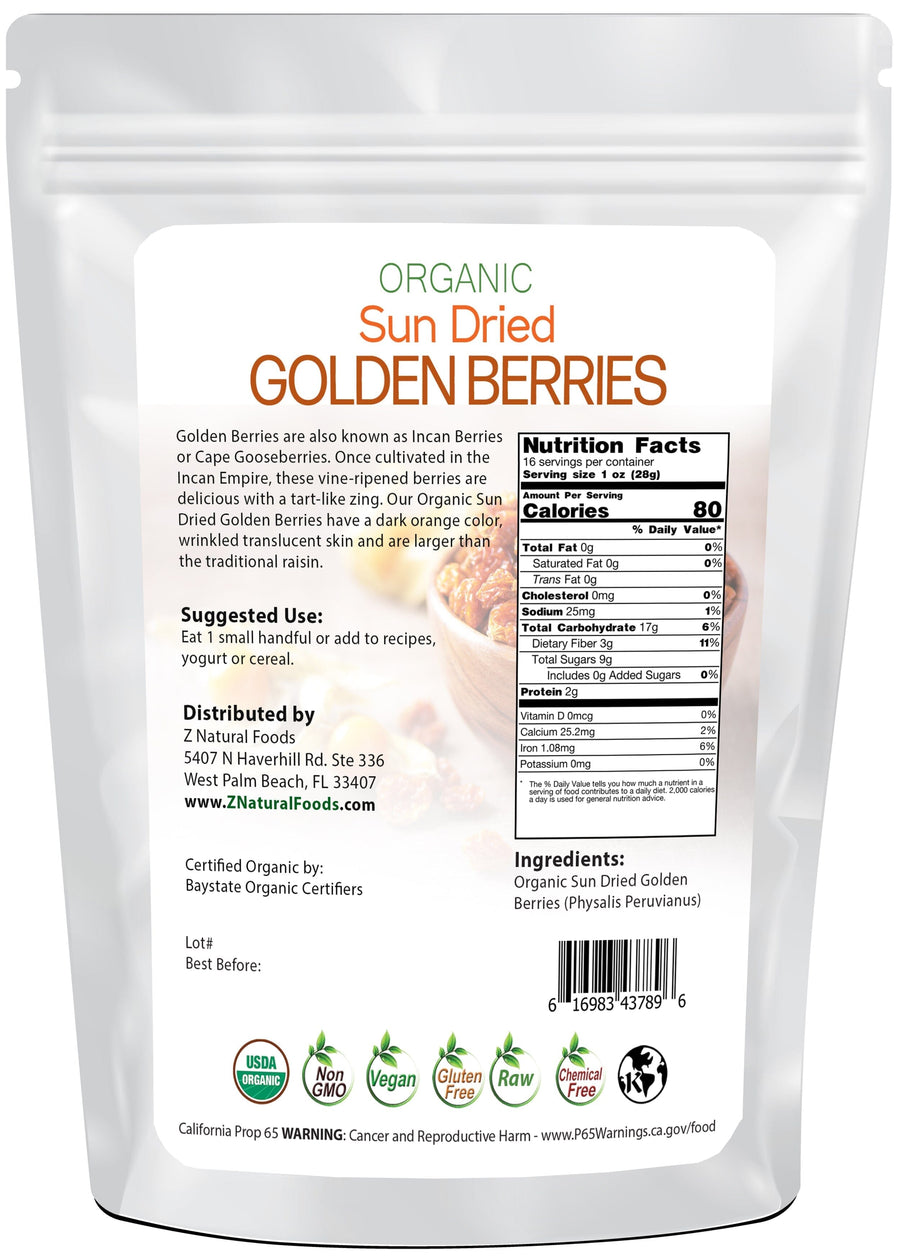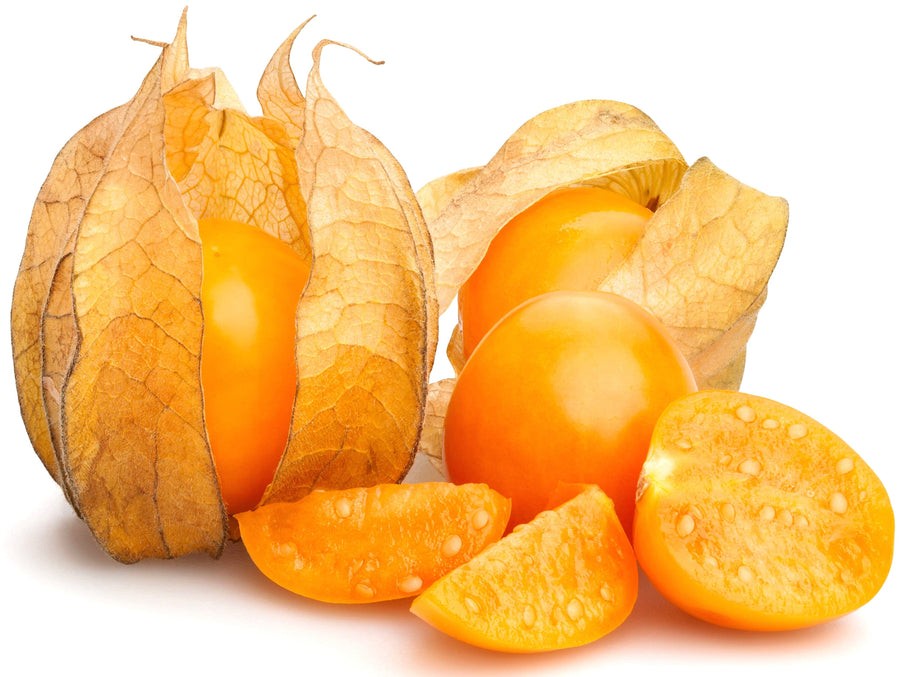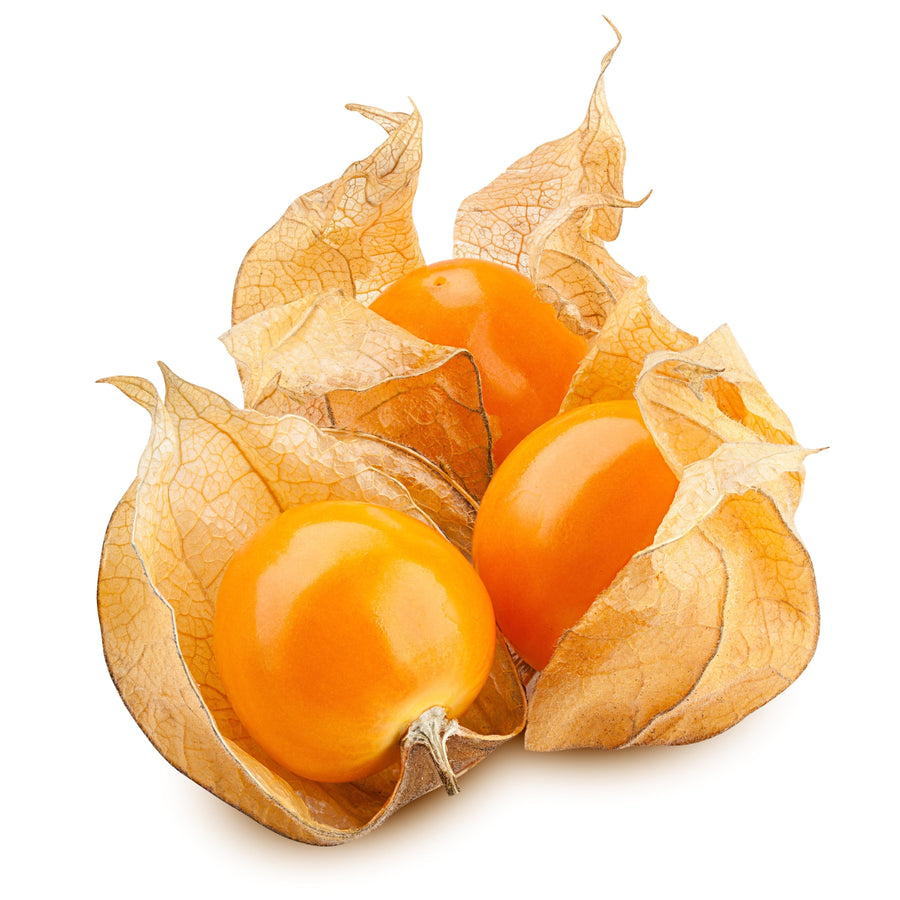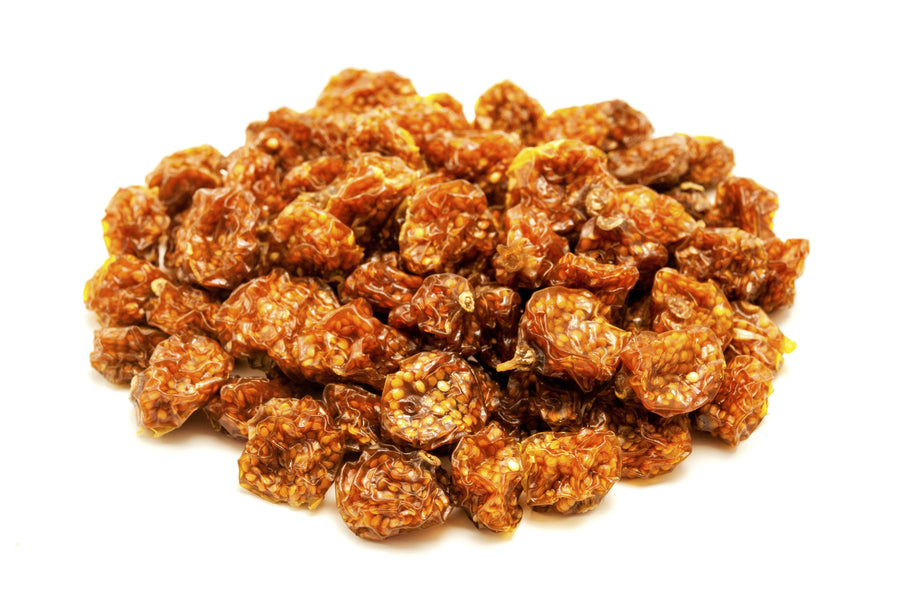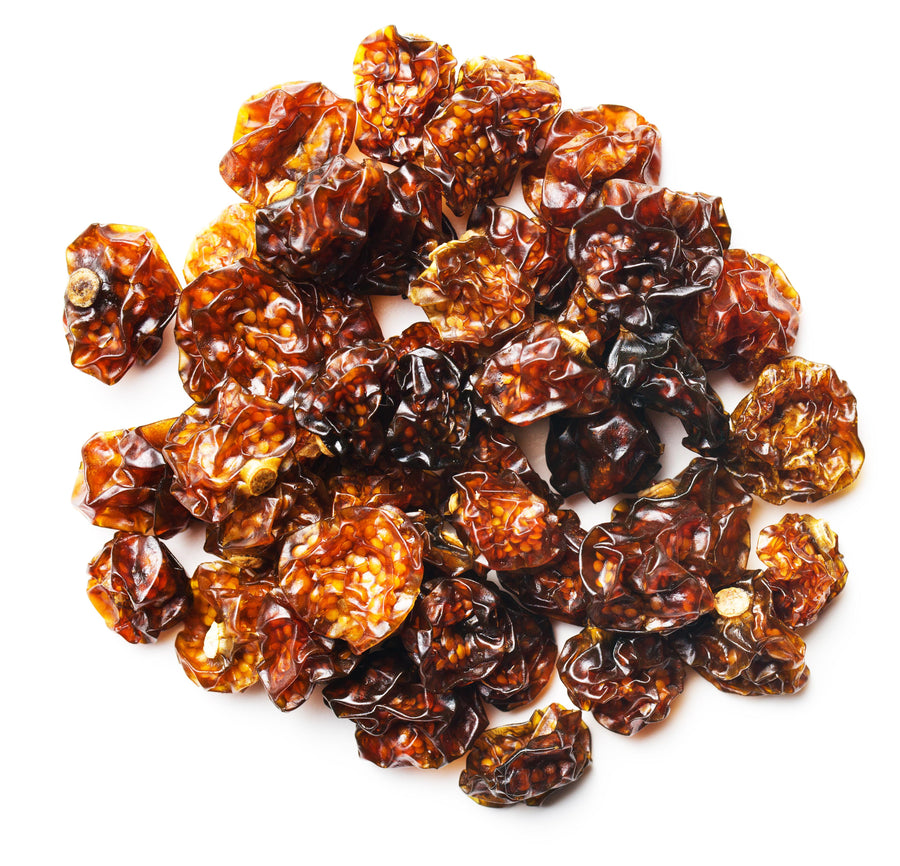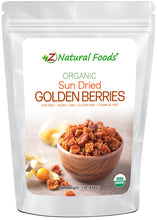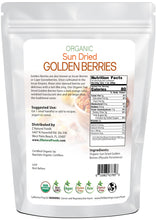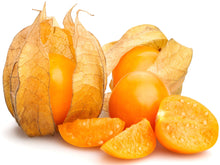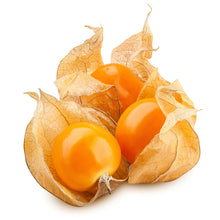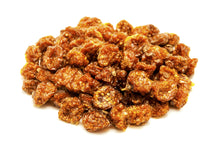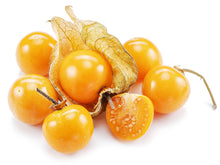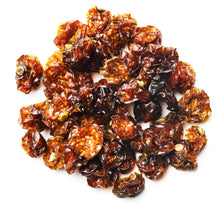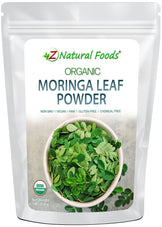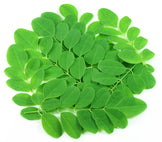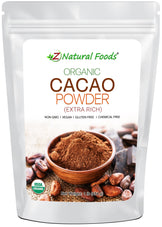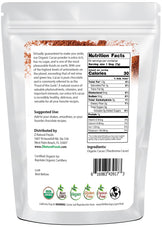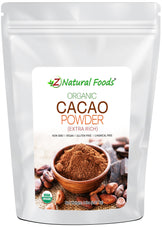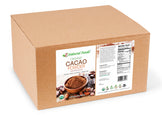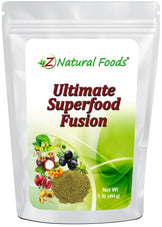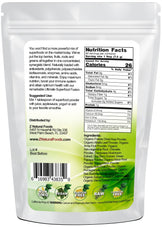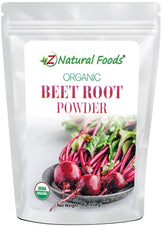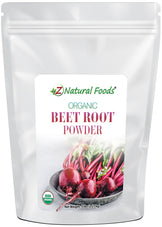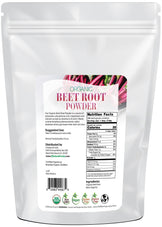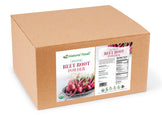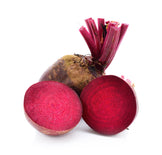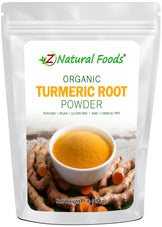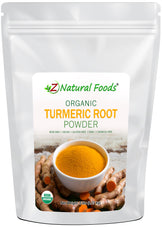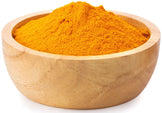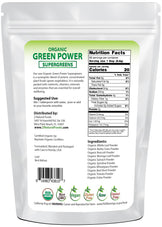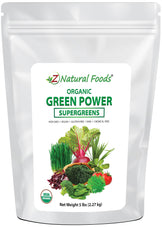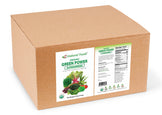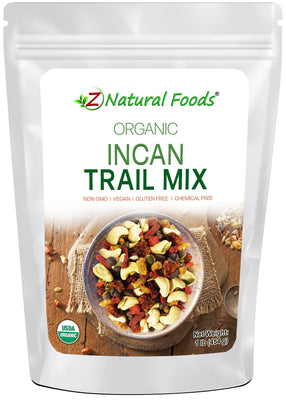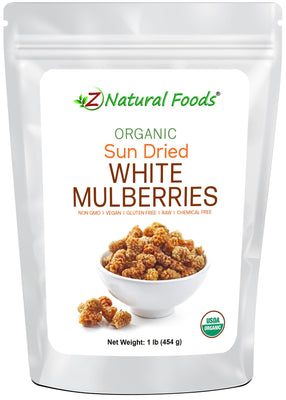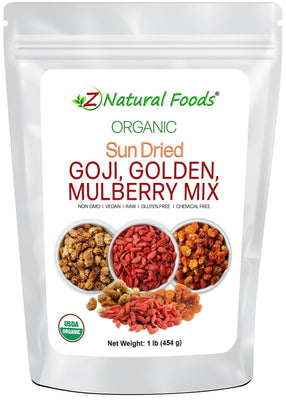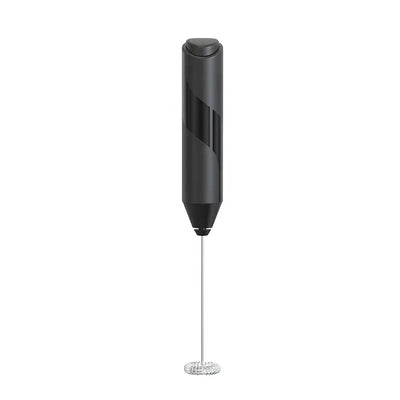About Product
Organic sun-dried Golden Berries are a type of fruit native to South America, also known as Incan Berries, Cape Gooseberries, and Physalis.
They have a tart and sweet flavor and can be eaten raw or cooked. Golden berries are a source of dietary fiber, vitamins A and C, and minerals such as iron, magnesium, and potassium.
They have been around for centuries; they were a favorite snack of the Incan people and were used by Native Americans.
Today, sun-dried golden berries are a popular ingredient in many recipes and make a great addition to salads, smoothies, and cereals. They can also be used in baking, as a topping for ice cream, and as a sweetener in desserts.
Constituents of Golden Berries include:
- Minerals: Calcium, Iron, Magnesium, Phosphorus, Potassium, Copper
- Vitamins: Vitamin C, Thiamin, Riboflavin, Niacin, Zeaxanthin
- Phytochemicals: Elaidic-Acid, Kaempferol, Physalien, Phytin-Phosphorus, Tartaric-Acid
- Fatty Acids: Linoleic-Acid
Suggested Uses: Eat one small handful (1 oz) per day. Add to smoothies, salads, desserts, yogurt, or cereal. Use in homemade trail mixes or energy bars.
Mixing suggestions: To increase flavor and nutritional profile, combine with our raw almonds and organic goji berries.
Botanical Name: Physalis.
Other Names: Cape Gooseberries, Incan Berries, Incaberries, Inca Berries.
Ingredients: Raw Sun Dried Golden Berries.
Origin: Grown and dried in Peru and packaged with care in Florida, USA.
Certifications: Certified USDA Organic.
How to Maintain Optimum Freshness
- This product is packaged in airtight stand-up, resealable foil pouches for optimum freshness.
- Once opened, push the air out of the pouch before resealing it to preserve maximum potency.
- Keep your powder in a cool, dark, dry place.
This product is 100% natural and minimally processed:
Taste, smell, texture, and color vary from batch to batch. Go here to learn why our products may naturally vary.
The important protections we take to bring you safe and nutritious superfoods:
Please go here to discover the essential steps we take to deliver fresh, quality nutrition.
Bulk Quantities?
Need to order a large quantity of our products? We are happy to help! Please get in touch with our Bulk department to discuss the details.
* Product packaging, pictures, and origin may vary.
Sources & References
1. Ad Hoc Panel of the Advisory Committee on Technology Innovation, Board on Science and Technology for International Development, National Research Council (1989). Lost Crops of the Incas: Little-Known Plants of the Andes with Promise for Worldwide Cultivation. Washington, D.C.: The National Academies Press. pp. 249"“50. ISBN 978-0-309-07461-2.
2. von Mueller, Ferdinand. Select Extra-Tropical Plants Readily Eligible For Industrial Culture Or Naturalization, With Indications Of Their Native Countries And Some Of Their Uses. Pub:Detroit, Mich., G.S. Davis 1884. Page 229. May be obtained from Amazon or downloaded from:http://www.archive.org/details/selectextratropi00muel.
3. Loudon, Jane Wells. Botany for Ladies Or, a Popular Introduction to the Natural System of Plants. Pub: J. Murray (1842)
4. http://www.crfg.org/pubs/ff/cape-gooseberry.html.
5. a b c Morton, J.F.; Russell, O.S. (1954). "The cape gooseberry and the Mexican husk tomato". Florida State Horticultural Society 67: 261"“266. Retrieved 2009-01-01.
6. Wu, SJ; Tsai JY, Chang SP, Lin DL, Wang SS, Huang SN, Ng LT (2006). "Supercritical carbon dioxide extract exhibits enhanced antioxidant and anti-inflammatory activities of Physalis peruviana". J Ethnopharmacol 108 (3): 407"“13. doi:10.1016/j.jep.2006.05.027. PMID 16820275. Retrieved 2009-01-01.
7. Franco, LA; Matiz GE, Calle J, Pinzón R, Ospina LF (2007). "Antiinflammatory activity of extracts and fractions obtained from Physalis peruviana L. calyces". Biomedica 27 (1): 110"“5. PMID 17546228.
8. Pardo, JM; Fontanilla MR, Ospina LF, Espinosa L. (2008). "Determining the pharmacological activity of Physalis peruviana fruit juice on rabbit eyes and fibroblast primary cultures". Invest Ophthalmol Vis Sci 7 (7): 3074"“9. doi:10.1167/iovs.07-0633. PMID 18579763.
9. beta-Hydroxywithanolide E from Physalis peruviana (golden berry) inhibits growth of human lung cancer cells through DNA damage, apoptosis and G2/M arrest. BMC Cancer. 2010;10:46 Authors: Yen CY, Chiu CC, Chang FR, Chen JY, Hwang CC, Hseu YC, Yang HL, Lee AY, Tsai MT, Guo ZL, Cheng YS, Liu YC, Lan YH, Chang YC, Ko YC, Chang HW, Wu YC The crude ex.
10. Antioxidant activities of Physalis peruviana Wu S.-J., Ng L.-T., Huang Y.-M., Lin D.-L., Wang S.-S., Huang S.-N., Lin C.-C. Biological and Pharmaceutical Bulletin 2005 28:6 (963-966)
11. Evaluation of antihyperglycemia and antihypertension potential of native Peruvian fruits using in vitro models Pinto M.D.S., Ranilla L.G., Apostolidis E., Lajolo F.M., Genovese M.I., Shetty K. Journal of Medicinal Food 2009 12:2 (278-291)
12. New cytotoxic withanolides from Physalis peruviana Lan Y.-H., Chang F.-R., Pan M.-J., Wu C.-C., Wu S.-J., Chen S.-L., Wang S.-S., Wu M.-J., Wu Y.-C. Food Chemistry 2009 116:2 (462-469)
13. Preliminary studies on antihepatotoxic effect of Physalis peruviana Linn. (Solanaceae) against carbon tetrachloride induced acute liver injury in rats Arun M., Asha V.V. Journal of Ethnopharmacology 2007 111:1 (110-114)
14. Levels of the antioxidant melatonin in fruits of edible berry species Kolar J., Malbeck J. Planta Medica 2009 75:9.
15. Supercritical carbon dioxide extract of Physalis peruviana induced cell cycle arrest and apoptosis in human lung cancer H661 cells Wu S.-J., Chang S.-P., Lin D.-L., Wang S.-S., Hou F.-F., Ng L.-T. Food and Chemical Toxicology 2009 47:6 (1132-1138)
16. Liefting, L. W.; L. I. Ward, J. B. Shiller, and G. R. G. Clover (2008). "A New "˜Candidatus Liberibacter"' Species in Solanum betaceum (Tamarillo) and Physalis peruviana (Cape Gooseberry) in New Zealand". Plant Disease 92 (11): 1588. doi:10.1094/PDIS-92-11-1588B. Retrieved 2009-01-01.
17. http://www.ars-grin.gov/duke/
* Reviews & Success Stories Disclaimer
Product reviews solely reflect the views and opinions expressed by the contributors and not those of Z Natural Foods. Z Natural Foods does not verify or endorse any claims made in these reviews. Statements have not been evaluated by the FDA and are not intended to diagnose, treat, cure, or prevent any disease or health condition.REFERRAL PROGRAM
Share your personal link to your friends and welcome them with rewards. Claim yours when they make their first purchase.

GIVE
$10 off discount

GET
$10 off discount

